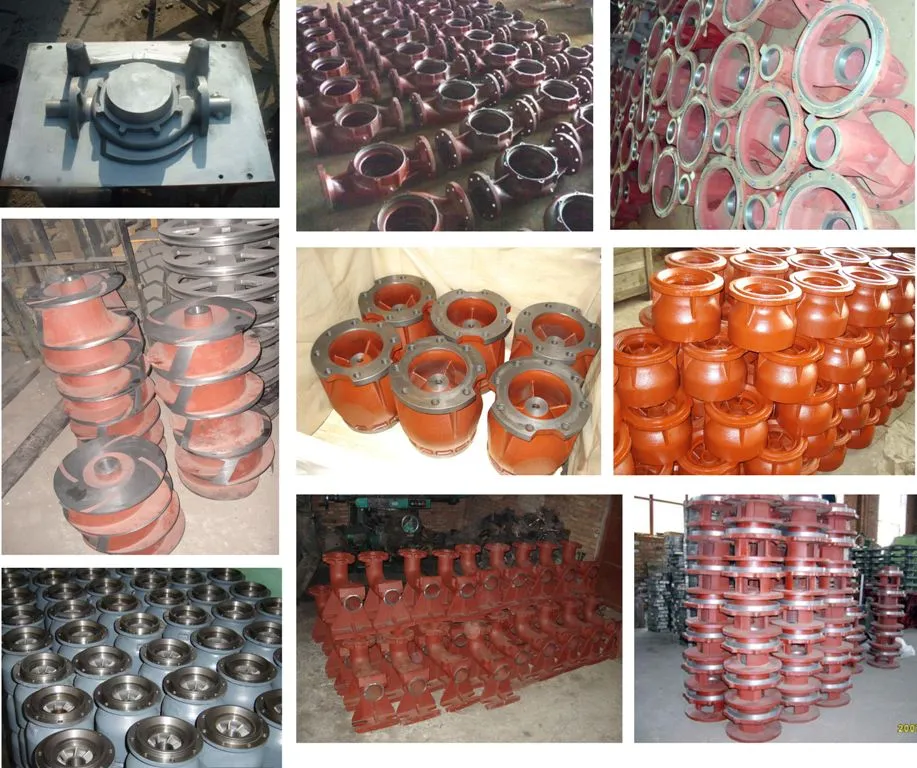Mobile:+86-311-808-126-83
Email:info@ydcastings.com
stainless steel ball valve
Understanding Stainless Steel Ball Valves Features, Benefits, and Applications
Stainless steel ball valves are essential components in various industrial applications, renowned for their robust construction, durability, and reliability. Serving as a vital part of fluid control systems, these valves provide an effective means of regulating the flow of liquids and gases. This article explores the fundamental characteristics, advantages, and applications of stainless steel ball valves.
Key Features of Stainless Steel Ball Valves
At the core of a ball valve’s functionality is the ball—a spherical disc with a hole through the center. When the valve is open, the hole aligns with the flow path, allowing seamless passage of the fluid. When closed, the ball rotates to block the flow completely. This straightforward mechanism ensures quick shut-off capabilities, making ball valves ideal for on/off control.
Stainless steel, a corrosion-resistant alloy, is the preferred material for ball valves, especially in industries where exposure to harsh environments is inevitable. Stainless steel ball valves often feature a polished finish, which not only enhances their aesthetic appeal but also minimizes the risk of fluid contamination. Moreover, these valves can handle a wide range of temperatures and pressures, making them versatile components in various settings.
Benefits of Using Stainless Steel Ball Valves
1. Durability Stainless steel is known for its strength and resistance to rust and corrosion. This durability translates to longer service life and reduced replacement costs. Stainless steel ball valves can withstand significant mechanical and environmental stress, making them suitable for demanding applications.
2. Low Maintenance The design of ball valves minimizes wear and tear, leading to lower maintenance requirements compared to other valve types. Once installed, these valves often require minimal intervention, thus lowering operational costs over time.
stainless steel ball valve

3. High Flow Rates Due to their full port design, stainless steel ball valves provide a low-pressure drop and allow for high flow rates. This feature is particularly important in large-scale industrial processes where efficiency is critical.
4. Versatility Stainless steel ball valves can be employed in various industries, including oil and gas, water treatment, pharmaceuticals, and food processing. Their ability to handle different types of fluids—be they corrosive, viscous, or particulate-laden—further adds to their desirability across sectors.
5. Easy Operation The quarter-turn operation feature of ball valves allows for swift and effortless opening and closing. Whether operated manually or through an automated system, the user-friendly design makes them a practical choice for many applications.
Applications of Stainless Steel Ball Valves
The versatility of stainless steel ball valves has led to their widespread use across diverse industries. In the oil and gas sector, they are critical for controlling the flow of hydrocarbons through pipelines. In water treatment facilities, these valves regulate the flow of chemicals and clean water, ensuring efficient operations.
Moreover, in the food and beverage industry, stainless steel ball valves are preferred for their hygiene capabilities, facilitating the safe transport of consumables without contamination. In pharmaceutical manufacturing, they play a crucial role in maintaining sterile processes by managing various liquid and gaseous materials.
Conclusion
In summary, stainless steel ball valves are an indispensable component of fluid control systems, offering durability, low maintenance, and high efficiency. Their unique features and benefits make them suitable for a range of applications, from industrial operations to food processing. As industries continue to evolve and demand more efficient and reliable solutions, the importance of stainless steel ball valves in ensuring operational integrity and safety cannot be overstated. Investing in quality stainless steel ball valves is a strategic choice for organizations seeking to optimize their fluid management systems and enhance their overall productivity.
-
Why Should You Invest in Superior Pump Castings for Your Equipment?NewsJun.09,2025
-
Unlock Performance Potential with Stainless Impellers and Aluminum End CapsNewsJun.09,2025
-
Revolutionize Your Machinery with Superior Cast Iron and Aluminum ComponentsNewsJun.09,2025
-
Revolutionize Fluid Dynamics with Premium Pump ComponentsNewsJun.09,2025
-
Optimizing Industrial Systems with Essential Valve ComponentsNewsJun.09,2025
-
Elevate Grid Efficiency with High-Precision Power CastingsNewsJun.09,2025











